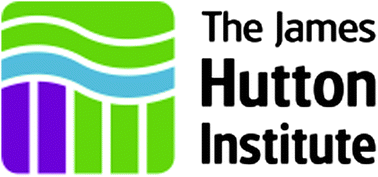Use of artificial neural networks in measuring characteristics of shielded plutonium for arms control
Abstract
Artificial neutral networks were developed for use as a potential ‘information barrier’ technology in the verification of arms control treaty accountable items. They were used to identify and measure specific attributes from γ-ray


 Please wait while we load your content...
Please wait while we load your content...